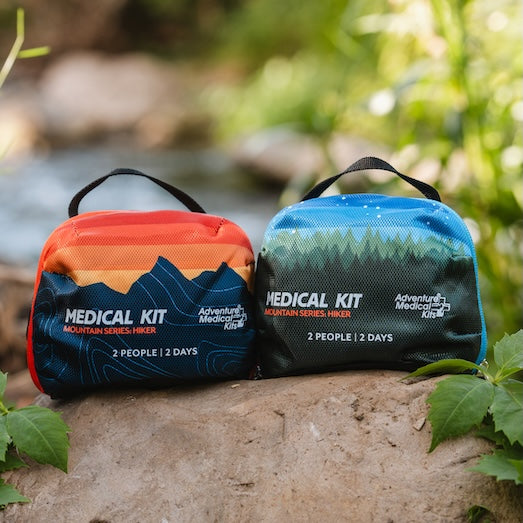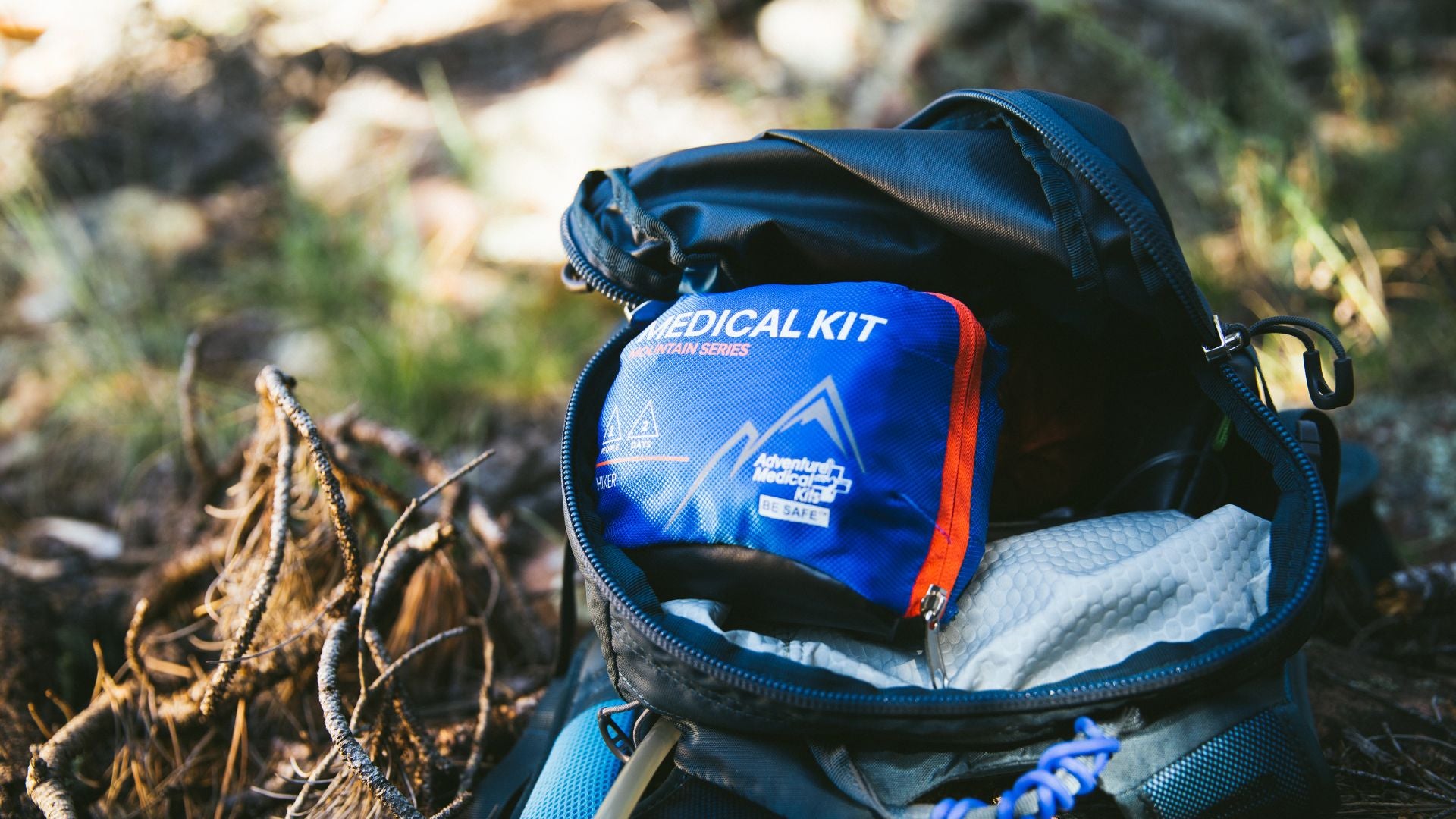By Buck Tilton
A simple fact towers above all others when it comes to winter survival: if you aren’t prepared to survive an unexpected night outside in winter, you probably won’t. In bad conditions, cold will suck out enough body heat in a couple of hours to disable you—and chill you off beyond recovery in three.
If you aren’t prepared to survive an unexpected night outside in winter, you probably won’t.
How did you get in this situation? You were backcountry skiing, or hunting, maybe hiking on a pre-snow, cold afternoon. Your story could be like CNET reporter James Kim’s, whose drive in Oregon mountains with his family on a winter day turned fatal. You didn’t anticipate the snowfall or the blinding wind—and wasn’t the sun supposed to be up at least another hour?
Plan Ahead & Prepare
Yes, you can predict the weather. Or at least someone can, and you can read the forecast. Leave home prepared for the worst possible conditions. If your intended route has ever had six feet of white and 40 mph winds, it could have them again while you’re there. And how do you know the record snowfall and wind speed?
Best Case Scenario
You chose and investigated your route well in advance of setting foot, ski, or tire on it. Then you left a copy of your route, with details, in the hands of some trustworthy people. They know when you are expected back, when to call for a search, and who to call.
Personal Protection
Winter survival is all about personal protection: your clothing first, a shelter, and, in the best-case scenario, a fire.
It’s easier to save than to restore your body heat.
Clothing
Dress like an onion—okay, something like an onion. It seems as if everyone who wanders outdoors on purpose should know this by now, but just in case: wear layers of loose-fitting clothing. The clothing needs to be synthetic (or perhaps wool) so it holds in body heat even when damp. The layers allow you to ventilate and take off clothing, then add the clothing back on, in order to control sweating. (Sweat equals wet! Stay dry to stay warm.) You also want to add layers back on before you chill off. It’s easier to save your body heat than to restore your body heat in winter survival.
Shelter
Snow, especially when it’s old and compacted, provides material for the protection of excellent shelters (but that’s a tale to be told later). For now, pack something—a small tarp, a small sheet of plastic, an emergency blanket —that you can erect as a wind and/or snow break.

Twenty feet of strong cord will make that job easier. Add an insulating pad to sit, or better yet lie, on so you don’t lose heat into the cold ground. A piece of an old sleeping pad, cut to fit in your pack, will work fine. Or, heck, pack the whole pad.
Fire
Relatively unprepared folks have survived mighty cold winter nights outdoors when they got a fire blazing and kept it blazing. Be sure you always have two means to start a fire. At least one of those means should be waterproof. And pack a fire starter that burns even when wet.

Properly dressed, with snow and wind blocked, and a fire burning, you will survive.
On Drinking & Eating
You can survive extremes of cold without a fire if you’re dressed right, sheltered, well watered, and well fed. The body heat you’re striving to preserve comes from metabolism of the things you swallow. Simple sugars (say candy) burn quickly, and complex sugars (starches) burn more slowly. Fats burn the slowest of all, like large logs on well-made conflagration.
Good metabolism requires adequate hydration—so drink up, from the water bottle. To keep the water bottle full, pack a small metal container, something in which you can melt snow.
You Survived the Night
When dawn breaks, you can follow your tracks through the snow back to your vehicle. If the tracks have disappeared under a blanket of new white, and you’re not absolutely sure which way to travel, stay put and wait for the rescue your trustworthy friends set in motion thanks to the winter survival prep you did before setting out.
Winter Survival Recommended Gear List
Emergency Blanket – Made from a tough, rip-resistant vacuum metalized polyethylene-based material, this blanket reflects up to 90% of radiated body heat. It can also be used as a wind shelter or as a snow-trench cover.
Scout Survival Kit – The Scout kit contains essentials for shelter, fire starting, signaling, navigation, gear repair, and more.














